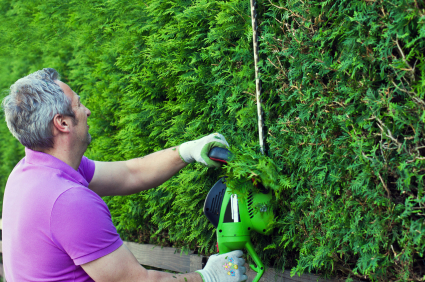

You can also plant little or dwarf decorative evergreen bushes such as dwarf boxwood and compact junipers in a front yard to enhance your home’s curb appeal as they don’t grow so large that they hide your property. Due to their small size, you can plant many different types of ornamental dwarf conifers or evergreen plants in a large backyard. Varieties of compact, miniature shrubs aren’t just for growing in small yards. Small or dwarf evergreen shrubs are perfect for enhancing any type of garden landscape. Use it slowly and gently, as any sharp movements could either bring you off balance or take a chunk out of your hedge!Ĭheck out our garden care tips for more inspiration.Email Pinterest Facebook Twitter Linkedin Because you will most likely be using these at hip, waist, or chest height, they are easier to balance. Many of the makes and models we offer have easy circular handholds, so you know exactly where to place your grip. Using a handheld cordless hedge trimmer is simple. If you’re looking for power, though, we do stock a range of robust petrol hedge trimmers. Though petrol hedge trimmers have a higher power output, cordless or electric hedge trimmers are more environmentally friendly and often more cost-effective, too.
#Mini bush trimmer how to#
How to use a cordless hedge trimmerĬordless hedge trimmers are very popular because they are so easy to use. This will make sure you do not over-balance yourself and keep your centre of gravity stable when using this garden power tool. When using the pole hedge trimmer above your head, place your back hand on the rear of the tool and the other a little further back too. This will give you good control and purchase. When using the pole hedge trimmer at waist or chest height, place one hand on the handle at the rear and the other on the handle that is the furthest forward or at the front. Because it is longer than a smaller handheld unit, you will need to make sure your balance is stable before you start using it. You will need to use a good grip technique when you use a pole hedge trimmer. Then, use a resin solvent to replace any of the corrosion protection that was removed during the sharpening, as this will make sure your hedge trimmer is looked after properly and therefore lasts longer. Remove any dust that may still linger after the filing by blowing it away from the hedge trimmers’ teeth. Wet the metal a little and use a gentle swiping motion in the direction of the tip to smooth these burrs in the metal. Turn the garden hedge trimmer on its back so you can work on the back of the blades. When you are done with the flat file, use a whetstone to smooth out any burrs (or scratches) in the metal caused by the filing. Step 3 – Use a whetstone on any scratches

Just file the teeth to the point that you need, as any further could compromise the blades. Try not to get carried away with the filing.

If you use a sawing motion, you could blunt the end you are trying to sharpen. Instead, use the flat file in a forward and downwards motion, lifting it at the end of the stroke to start the next from the top of the blade again. File towards the teeth to sharpen their ends, and make sure you don’t saw back and forth. Use a flat file to sharpen the metal teeth of the hedge trimmers. This means you can go straight to work on the metal without any sticky residue in the way. Remove any plant sap and resin that may have built up on the blades from repeated use with a soft cloth. Always make sure your garden hedge trimmer is turned off and/or unplugged before you follow these simple steps. Sharpening your hedge trimmers is important to keep them functioning at their optimum.


 0 kommentar(er)
0 kommentar(er)
